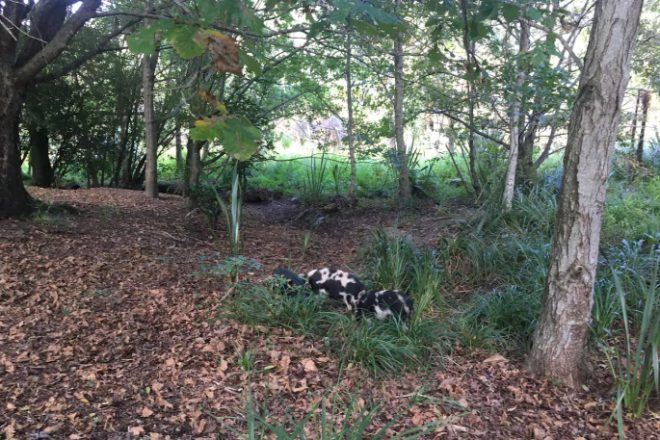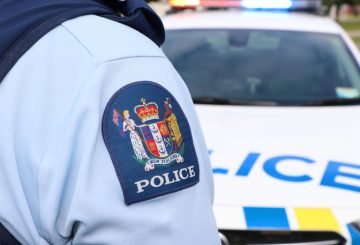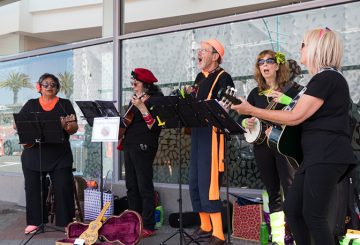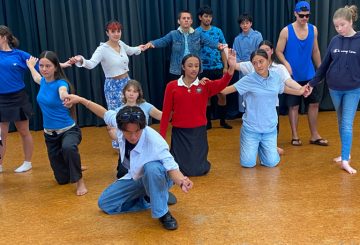Một gia đình lợn đã gây xôn xao ở Tauranga trong hai tuần cuối cùng đã bị bắt và hồi hương. Con lợn mẹ và tám con heo con của nó đã được nhìn thấy lang thang quanh vùng ngoại ô Welcome Bay, thậm chí đi vào sân sau của mọi người và làm gián đoạn các buổi dã ngoại ở Khu bảo tồn Johnson.
Hội đồng địa phương đã nhận được chín khiếu nại chính thức và nhiều bài đăng trên mạng xã hội về việc nhìn thấy lợn. Một bài đăng mô tả một “cuộc xâm lược của lợn” tại một khu nhà ở Welcome Bay, trong khi một bài khác kể lại cuộc gặp gỡ đáng sợ của một người mẹ với gia đình lợn trong một chuyến dã ngoại trong khu bảo tồn. Người mẹ cho biết những con lợn đã cố gắng ăn đồ ăn vặt của chúng và quăng túi của chúng xung quanh để tìm kiếm thức ăn.
Pam Thorpe, phát ngôn viên của Tập đoàn chăm sóc dự trữ Johnson, cho biết các thành viên đã nhìn thấy bốn hoặc năm con lợn trong khu bảo tồn vào Chủ nhật. Họ đang ăn quả sồi dưới những cây sồi gần lối vào Victory St. Cô bày tỏ lo ngại về thiệt hại tiềm ẩn mà lợn có thể gây ra cho các loài thực vật bản địa trong khu bảo tồn.
Brent Lincoln, lãnh đạo nhóm dịch vụ động vật của Hội đồng thành phố Tauranga, cho biết hội đồng đã nhận được chín khiếu nại về những con lợn trong khoảng thời gian 10 ngày. Theo Quy chế Giữ động vật năm 2018 của hội đồng, lợn không được phép vào thành phố trừ khi đất được khoanh vùng nông thôn và lợn ở khu vực nông thôn phải được giữ phía sau hàng rào chống dự trữ.
Lincoln cho biết những con lợn bây giờ đã được đưa ra khỏi khu bảo tồn và được đưa trở lại. Ông khuyên mọi người nên di chuyển đi nếu họ gặp lợn và để lại một lượng nhỏ thức ăn để đánh lạc hướng chúng. Ông cũng cảnh báo không nên cố gắng cưng nựng chúng hoặc tách heo con khỏi lợn mẹ, vì điều này có thể làm tình hình trở nên trầm trọng hơn. Ông nói thêm rằng chủ sở hữu có thể phải chịu trách nhiệm về bất kỳ thiệt hại nào do động vật đi lang thang của họ gây ra và có thể phải đối mặt với khoản tiền phạt lên đến 20.000 đô la và mất động vật của họ nếu họ không kiểm soát chúng.
Khu bảo tồn Johnson là một công viên rộng lớn, thân thiện với chó có diện tích khoảng 14,5 ha. Nó có không gian mở rộng lớn, đường mòn bụi rậm, thác nước nhỏ và vùng đất ngập nước, và có thể được truy cập từ Victory St, Pelorus St hoặc Công viên Waipuna.






























































